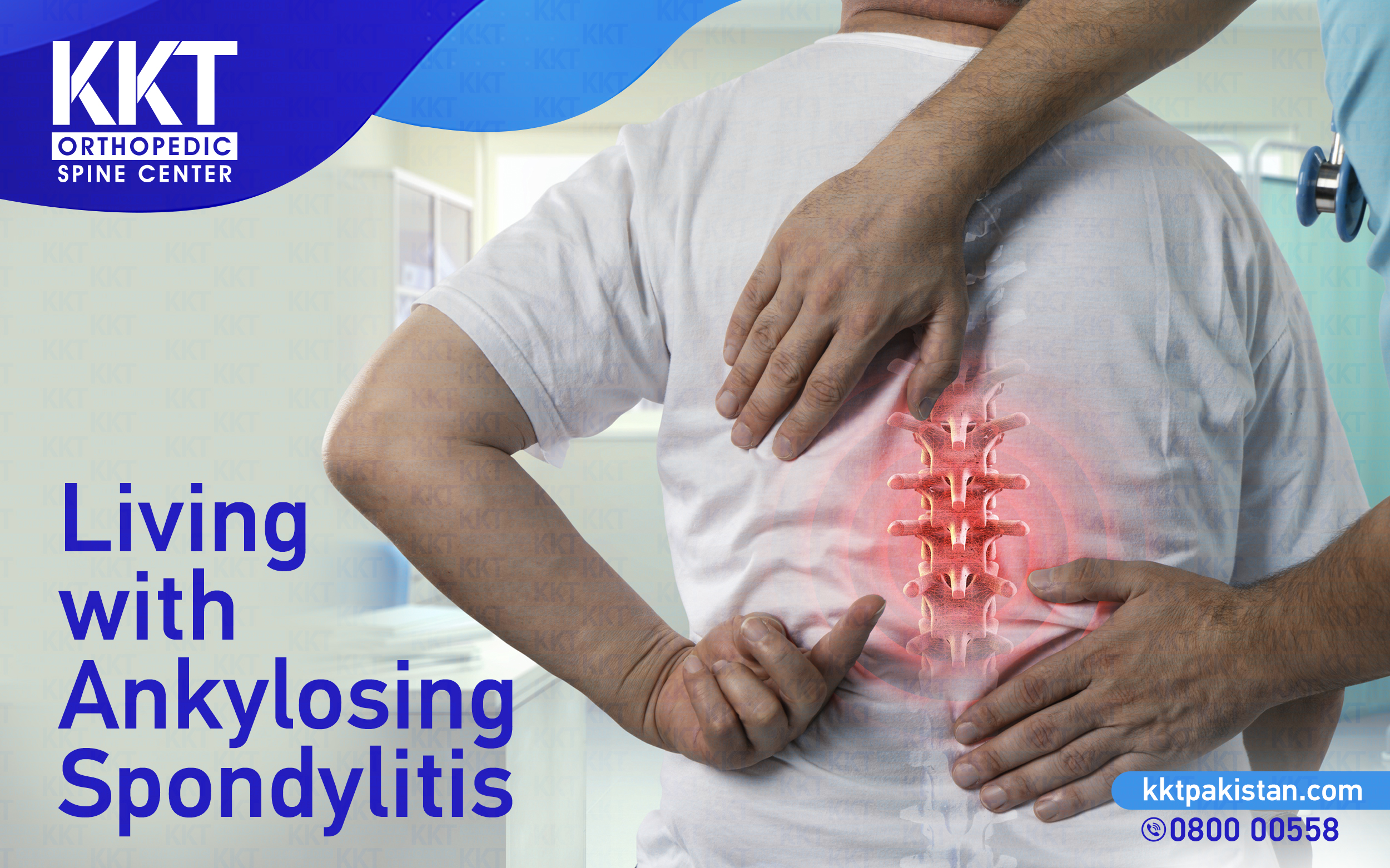Living with Ankylosing Spondylitis
Ankylosing Spondylitis (AS) is a common kind of spine-related condition. AS is a type of arthritis that causes inflammation and stiffness in the spine. Ankylosing spondylitis is more common among teens or people in their 20s. Not only the spine but AS also affects other joints like shoulders, knees, and hips.
Managing Ankylosing Spondylitis:
There is a specific diet that can help in managing ankylosing spondylitis. But except diet, there are several other options as well, these include:
– Maintain a healthy weight:
Obesity and excessive weight put extra pressure on your joints and muscles. Therefore, maintain a healthy weight.
– Consume food rich in calcium:
Calcium is one of the major nutrients required for strong joints and bones. A proper diet also includes consuming vitamin-D rich foods or supplements.
– Avoid smoking:
Smoking makes ankylosing spondylitis damage even worse. Reasons, why smoking is bad for your health, include:
- It increases the risk of stroke and heart disease
- Makes breathing difficult
- It also worsens the pain of ankylosing spondylitis
– Reduce saturated fat:
Saturated fats and processed foods increase inflammation, so, prevent foods like this. Moreover, consume food that helps decrease inflammation—this aids in managing symptoms like joint stiffness and pain.
– Exercises with Ankylosing Spondylitis:
Being physically active, and staying fit, helps with the two most common symptoms of ankylosing spondylitis, i.e., pain and stiffness. Moreover, exercise helps maintain a correct posture, reduce pain, and increase flexibility. Following are some of the exercises for ankylosing spondylitis:
1. Bridges:
Bridges are to strengthen the core. To perform his exercise, follow the below-mentioned steps:
- Lie straight on the floor, bend your knees and place your feet on the floor.
- Gently lift your pelvis and lower back off the floor
- Hold the posture for 5 seconds and then slowly come down to the initial position.
2. Hip & pelvis rotation:
Hip and pelvis rotation helps stretch your lower back. For performing this exercise, follow the below-mentioned steps:
- Lie on your back straight on the floor
- Put your hands above your head
- Bend your knees and gently bend/roll them on your right side
- Hold the position for about 5 seconds and come back to the initial position.
- Repeat the same on the left side.
- Perform this stretch about 5 times on each side.
3. Cardiovascular:
Cardiovascular exercises like swimming and water activities are recommended for patients with AS. This is because water provides your joints with an anti-gravity environment and gentle resistance. This aids in building the cardiovascular health of the patient. Cardiovascular exercises include the following:
- Swimming
- Walking
- Cycling
4. Breathing exercises:
Breathing exercises can help AS patients with the usual issues encountered, i.e., trouble expanding the ribs and chest. Perform breathing exercises multiple times in a day by taking 3-4 deep breaths. The exercise should be focused on taking the air deep into the chest (inhale) and then slowly exhaling.
Precautions for people with Ankylosing Spondylitis:
Patients with AS should exercise safely while following the tips mentioned below:
- Exercise when you are in the least amount of pain and when you are wide awake
- Any exercises that promote incorrect posture should be avoided
- Avoid any kind of high-impact exercises, e.g., running, etc.
When to seek medical attention?
If you have symptoms like lower back pain, and buttock pain, worse in the morning and when resting but gets better with exercising, visit your physician. Maintaining a proper posture and being physically active can help with this condition.
Diagnosing Ankylosing Spondylitis:
At KKT Orthopedic Spine Center, the diagnosis begins with a complete medical history, a physical exam & ankylosing spondylitis radiology. Blood examinations show signs of inflammation in the body. A proper diagnosis is made based on the sign, symptoms, and results of the diagnostic examinations. KKT offers advanced technology ankylosing spondylitis treatment in Pakistan. For further information, get in touch with us through our patient care line. One of our representatives will guide you to the best of their ability.
Phone: 0800-00-558
Or click on the link below to book your appointment.






